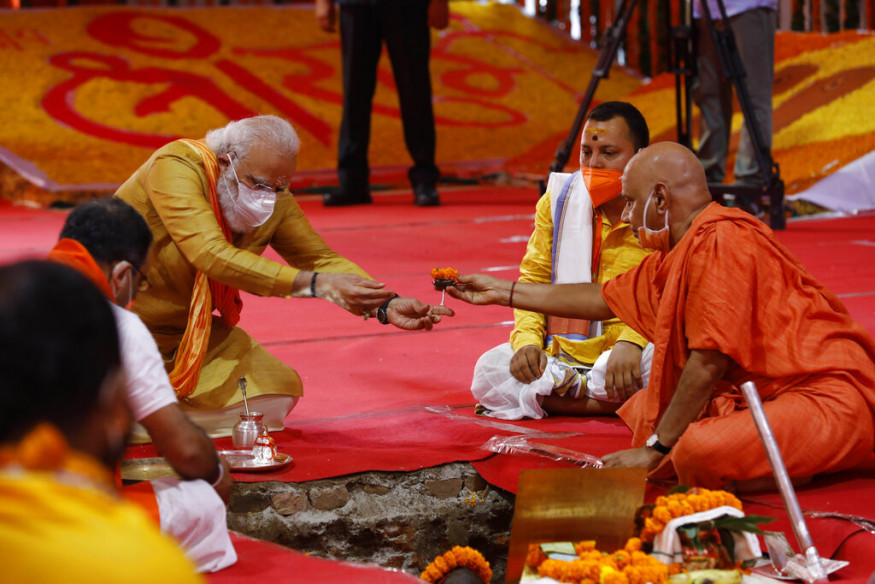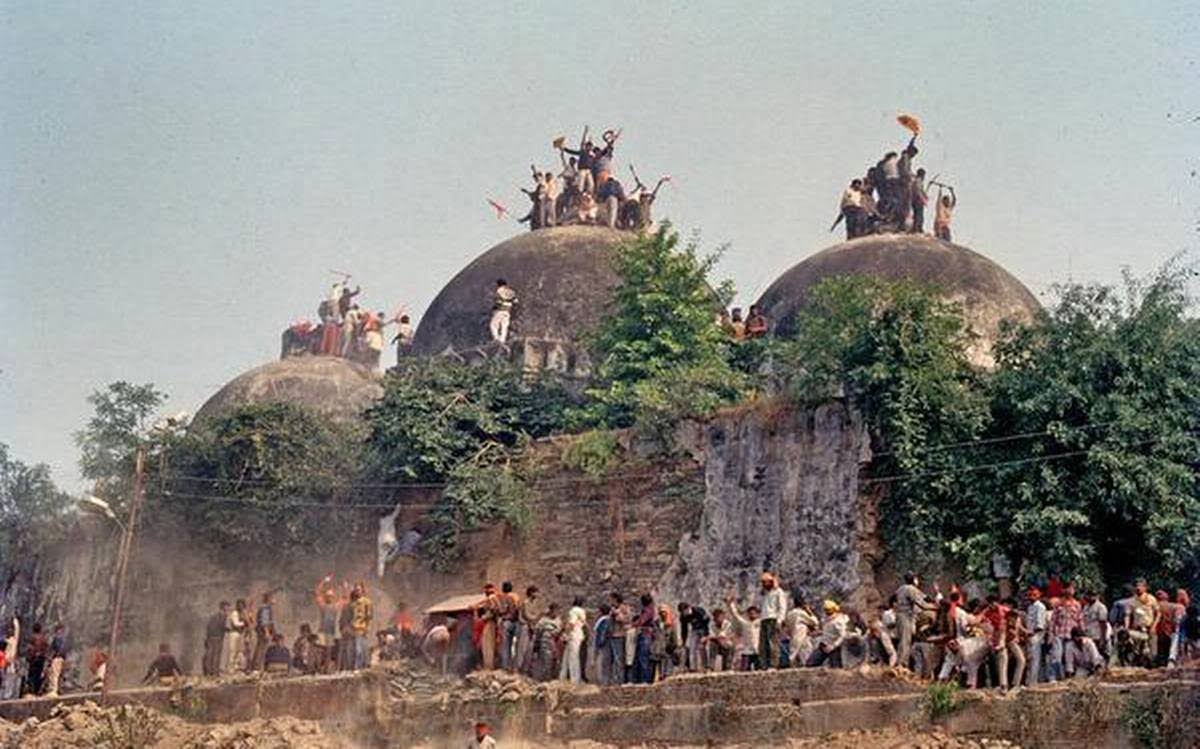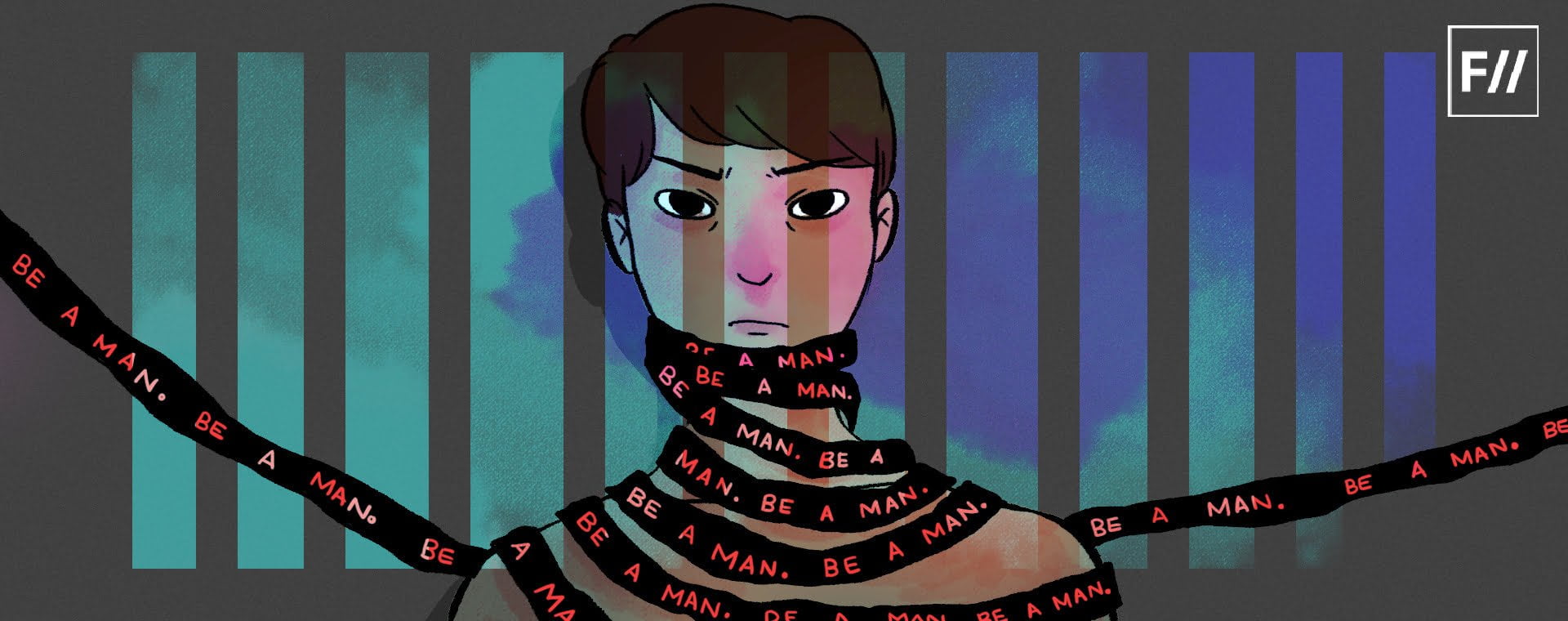The claims of Hindus and Muslims over Ayodhya had a long history of legal, political, cultural and religious contestations. The clash between the two communities began when a group of politically motivated Hindus claimed the land at Ayodhya as the birthplace of Lord Ram. They believed that the Muslim invaders constructed a Masjid over the ruins of a Hindu temple. On the other hand, the Muslims claimed that there existed a 16th century Masjid and they had been worshipping there for centuries. L K Advani’s Ram Rath Yatra in 1990 and the demolition of Babri Masjid on 6 December 1992 were the watershed moments in the political and religious confrontation between two communities. After three decades of a legal battle, the dispute has now come to a closure with the Supreme Court judgement on 9 November 2019 that the religious site of Ayodhya be given to Hindus to build a Ram temple and Sunni Waqf Board be given an alternate 5 acres of land in another place at Ayodhya.
The Ayodhya issue and its closure with the apex court’s verdict led to many discussions and debates around secularism, the role of judiciary, rising tide of Hindu majoritarianism, populism and the asymmetrical power between majority and minority communities. The political history of Ayodhya characterised by aggression and violence reflected the dominant mainstream masculine politics in contemporary India. In other words, Ayodhya issue is a microcosm of the ‘macho world’ of Indian politics.
TThe political history of Ayodhya characterised by aggression and violence reflected the dominant mainstream masculine politics in contemporary India. In other words, Ayodhya issue is a microcosm of the ‘macho world’ of Indian politics.
Also read: Building Fascism: Why Is BJP Renaming Cities & Altering History?
The entire episode of Ayodhya dispute from the beginning of Ram Rath Yatra and demolition of Babri Masjid to laying foundation stone of Ram temple is excessively controlled and dominated by men. The demolition of Babri masjid was executed by thousands of men called Kar Sevaks through an awful aggression and violence. They were virtually directed by the men at the top leadership of the Hindu political outfits. Ashok Senghal and BL Sharma of VHP, L K Advani and MM Joshi, Kalyan Singh, Vinay Katiyar, of BJP were instrumental in the successful implementation of the plans. The photos revealing the rehearsal of demolition and images of actual demolition of Babri Masjid are indeed a manifestation of the machismo of the right-wing male psyche. Unfortunately, the Indian government then in power had patronised the virility of Kar Sevaks at the demolition site by being compliant, instead of taking a stern stand against their blatant illegal actions. The male presence from the top to bottom in the demolition process was seen as a revalidation of the accrued role of men as protectors of Hindu religion and Hindu Rastra (symbolised as Bharat Mata) from the “foreign invaders”.
The masculinity underlying the Ayodhya issue was also evident in the violence and terror unleashed by men on women during and after the demolition of Masjid. The account of a woman freelance photographer explaining how she was chased by a violent mob, largely consisting of men, while the policemen remained mere bystanders echoed the horror of male aggression over women’s bodies. The narration of Ruchira Gupta, a journalist, about her experience of sexual assault by the Kar Sevaks is an indication of unbridled sense of impunity among right-wing male chauvinists in exhibiting their toxic masculinity in public. These individual narrations indicate just the tip of the iceberg.
Violence continued even after the demolition of Babri Masjid. Around 2000 people were killed in the riots that erupted across India. As is often, women were hit the worst during these riots too. They are subjected physical as well as sexual violence. They have to survive the emotional trauma when they lose their dear ones and the financial stress due to the loss of the male members who are conventional bread winners. However, no discussion happened around the possible impacts of riots on women’s lives as it got overshadowed by the mainstream masculine narrative Hindu-Muslim politics.
Another important point to be noticed here is that the contending parties in the legal battle are solely represented by males. Three main parties involved in the legal battle, Nirmohi Akhara, Ram Lalla Virajman represented by Hindu Mahasabha and UP Sunni Waqf Board, were mainly male dominated. The composition and functioning of the bodies they represent also uphold certain masculine ethos. For example, Nirmohi Akhara, one of the contending party, is apparently a sect in which members are expected to observe celibacy and master in martial arts, archery and wrestling. This seems to be a mastery of manhood. Another party is Sunni Waqf Board, which is also a male dominated body.
Another contending party, Ram Lalla, was an infant Ram deity placed under the dome of a demolished mosque in 1949 and represented by Hindu Mahasabha. Hindu Mahasabha is a right-wing Hindu nationalist outfit and is established for “safeguarding the issues of Hindus” and thus, perfectly caters to the the masculine idea of protection logic. Lastly, Ram Lalla himself, who grew up into the Maryada Purushottaman that he is widely revered as by the Hindu population, is heavily criticised for his ill treatment of his wife. Dr. B R Ambedkar in his Riddles of Hinduism discussed Rama’s treatment of his own wife Sita. Ambedkar quoted Yudhakanda sarga to explain how Rama addressed Sita. Rama stated: “I have got you as a prize in a war after conquering my enemy your captor. I have recovered my honour and punished my enemy. People have witnessed my military prowess and I am glad my labours have been rewarded. I came here to kill Ravana and wash off the dishonour. I did not take this trouble for your sake” (p.327). Rama’s manliness and treatment of his wife are extensively explained in ‘Riddles of Hinduism’.
Hero worship was another distinct feature of Ayodhya politics. The public attention given to L K Advani as a hero, larger than life, during his Ram Rath Yatra in 1990 and the overwhelming presence of PM Narendra Modi as the chief patron during Bhumi Poojan on 5 August is an indication of the veneration of this brand of masculinity (manifested in symbolisations such as 56 inch-chest, etc.) in India’s political structures of power. There is an increasing acceptance and appreciation of a masculine image of the political leaders and masculine political narratives among common people.

Understanding Ayodhya dispute though a feminist lens is important to deconstruct the masculine notions and critically assess the increasing masculinisation of Indian politics. It is also important to bring harmony, peace and co-operation in India’s public and/or nationalist domain which is otherwise conditioned by masculine notions of violence, aggression, manliness, assertiveness and competition.
Also read: The Hindu Rashtra Where ‘Some Are More Equal Than Others’
The acceptance of masculinity especially associated with current Hindutva politics can be better explained by the concept of “hegemonic masculinity” popularised by a well-known sociologist named Raewyn Connel. The masculine politics of Hindutva outfits is idealised, legitimated and normalised not only by its outlook as protectors of Hindu beliefs from ‘enemies’, but also as an upholder of the dignity of Bharat Mata, perceived as a feminine character in need of a man’s protection. Understanding Ayodhya dispute though a feminist lens is important to deconstruct the masculine notions and critically assess the increasing masculinisation of Indian politics. It is also important to bring harmony, peace and co-operation in India’s public and/or nationalist domain which is otherwise conditioned by masculine notions of violence, aggression, manliness, assertiveness and competition.
Dr Rehnamol Raveendran teaches Political Science and loves to write and research on gender, caste and Dalit politics. She holds a PhD on Woman and Political Participation from Jawaharlal Nehru University, New Delhi. She can be found on Facebook.
Featured Image Source: The Hindu




